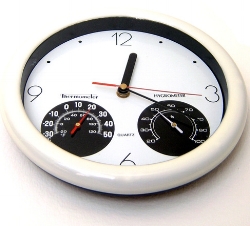Tims Rewards Program – What to Know
/Tim Hortons New Loyalty Program
Canadian coffee chain Tim Hortons started its Tims Rewards program, which is long overdue. Compared to other coffee chain loyalty programs, Tims Rewards provides more value and is easier to understand.
You can earn Tims Rewards either by using a physical plastic card or using the Tim Hortons app on your phone. You don’t need to buy to collect rewards via the app, but you have to scan it when you pay.
The Tims Rewards structure is fairly simple. You need seven eligible transactions more than $0.50 to get one reward. Rewards can be redeemed for any size brewed coffee, tea, or baked good.
Transactions have to have a gap of at least 30 minutes to be considered eligible for rewards. Meaning if you buy 7 items one after another, those will not count as eligible.
Tim Hortons is allowing members to bank up to 5 Rewards for 120 days. Transactions beyond 5 rewards will not be eligible and rewards will expire after 120 days.
It looks like to me Tims Rewards is based on transactions, rather than items. For example, if you buy 3 items such as a coffee, bagel, and a donut, it will count as one transaction to give you one rewards, not 3 rewards.
Tims Rewards loyalty program is generous and my take is that Tim Hortons is more interested in retaining its customers by offering them more. There are many competitors on the market and without a good rewards program, Tim Hortons would be losing more customers to other chains that are more innovative in offering freebies and rewards to their customers.
You can watch my Tims Horton Tim Rewards Video here. To sign up for Tims Rewards, visit Tims Rewards website.











